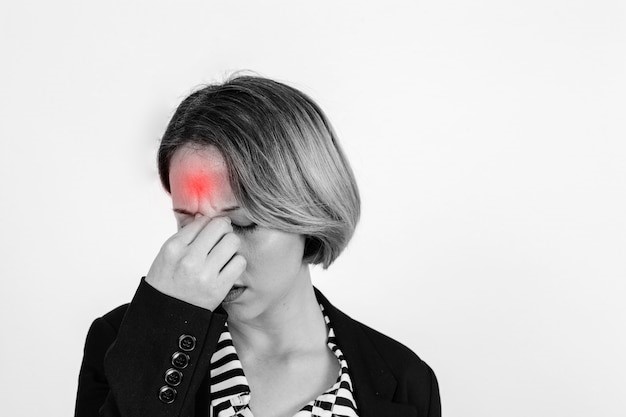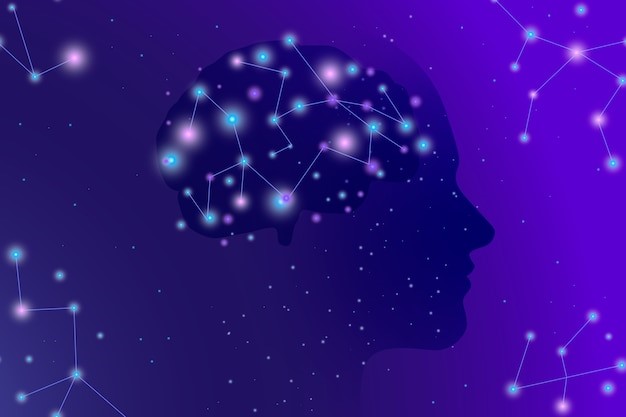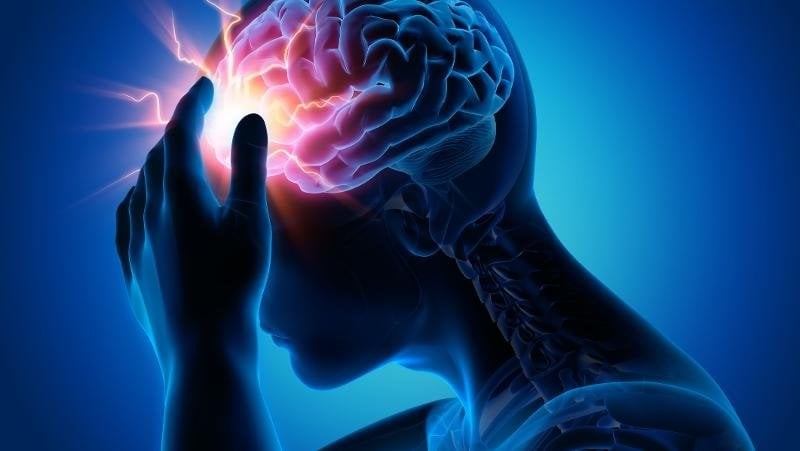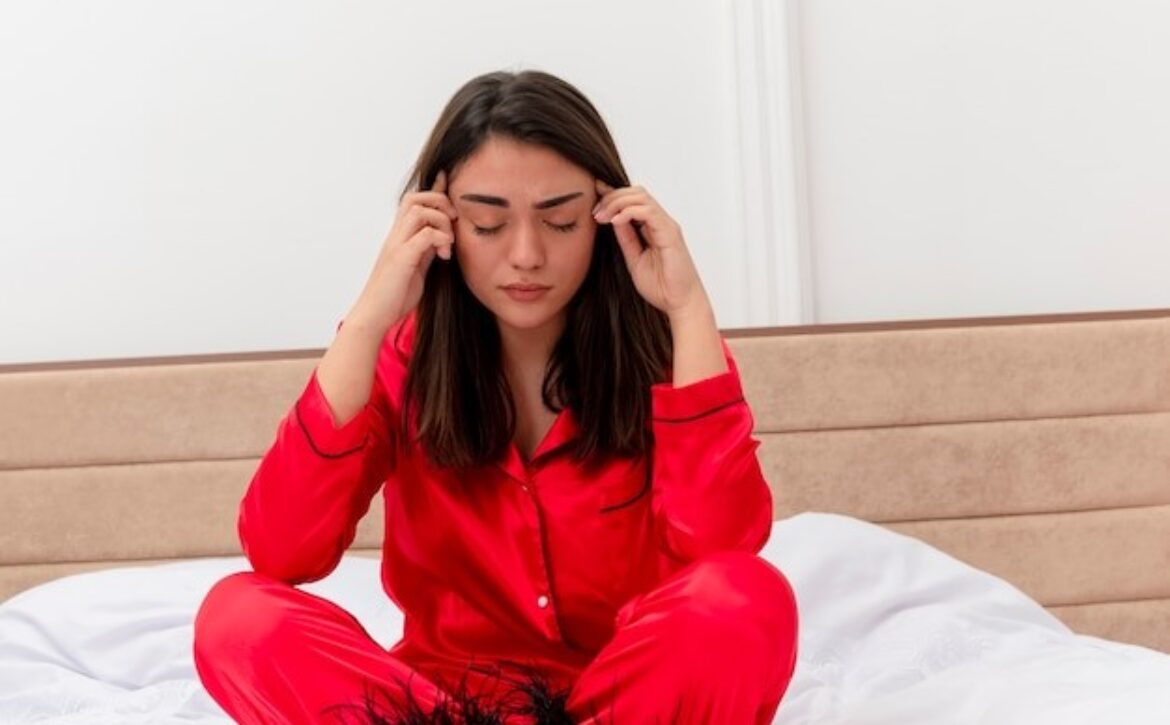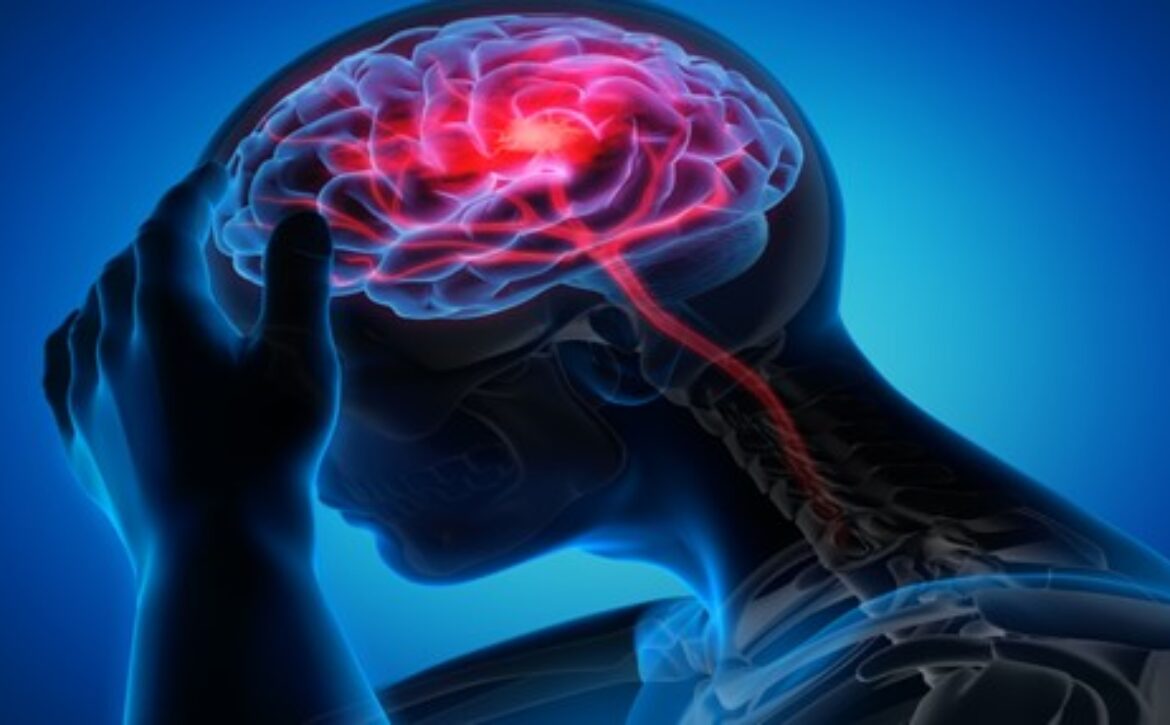Low-impact Cardio Workouts for Migraine Relief
Overview of Physical Activities for Migraine
Physical activities for migraine relief include low-impact exercises that promote well-being without triggering headaches. Options such as walking, swimming, or yoga are gentle on the body and can reduce the frequency and severity of migraines. Incorporating regular aerobic activities, like cycling or brisk walking, helps improve cardiovascular health and may positively impact migraine symptoms. It’s crucial to choose activities with minimal impact and listen to your body, gradually incorporating exercise into your routine. Always consult the Department of RNR of Jaslok Hospital for the Best Migraine Headache Treatment in Mumbai healthcare professionals create a personalized plan that considers your specific health needs and potential migraine triggers
The Link Between Exercise and Migraines
The doctors for migraine treatment in Mumbai instruct that the relationship between exercise and migraines is complex. While regular physical activity can reduce migraine frequency and intensity for many, intense or sudden exertion may trigger migraines in some individuals. Establishing a routine of low-impact exercises, such as walking or swimming, often proves beneficial, highlighting the importance of individualized approaches to managing migraines through carefully chosen and well-tailored physical activities.
Low-Impact Cardio Exercises Recommended by Our Neurologist in Mumbai
Our neurologist for migraine in Mumbai recommends low-impact cardio exercises for migraine relief. Engage in activities like brisk walking, swimming, or stationary cycling. These gentle exercises promote overall well-being without triggering migraines. Regular, moderate aerobic workouts can contribute to a healthier lifestyle and potentially reduce the frequency and severity of migraines. Always consult with our specialist to tailor an exercise plan that suits your individual health needs and migraine triggers.
Walking: A Simple and Effective Cardio Option
Walking is a simple yet highly effective low-impact cardio option for migraine relief. This gentle exercise improves cardiovascular health and reduces stress, which is often linked to migraine triggers. Incorporating regular walks into your routine promotes overall well-being without exacerbating headaches. Consult with a migraine specialist in Mumbai to personalize an exercise plan, ensuring that walking aligns with your specific health needs and migraine management goals.
Swimming: Gentle Cardio in a Supportive Environment
The migraine doctors in Mumbai suggest that stands as a gentle yet effective low-impact cardio option for migraine relief. The buoyancy of water reduces stress on joints, making it suitable for those prone to headaches. This supportive environment promotes cardiovascular health without triggering migraines. Incorporating regular swimming sessions into your routine offers a refreshing and therapeutic exercise that contributes to overall well-being while minimizing the risk of migraine onset.
Stationary Cycling: Low-Impact, High Benefit
Stationary cycling is a low-impact yet highly beneficial cardio exercise recommended for migraine relief. As per the headache clinic in Mumbai, this gentle option promotes cardiovascular health without triggering headaches. The controlled environment allows individuals to tailor the intensity, making it suitable for those prone to migraines. Incorporating regular stationary cycling into your routine contributes to overall well-being and may help reduce the frequency and severity of migraines.
Elliptical Training: Combining Cardio and Low-Impact
Elliptical training combines cardio benefits with low-impact exercise, making it a recommended option for migraine relief. According to the headache & migraine clinic in Mumbai, this equipment allows smooth, fluid movements, reducing stress on joints and minimizing the risk of triggering headaches. Incorporating elliptical training into your routine promotes cardiovascular health without exacerbating migraines, offering a versatile and effective exercise option for those seeking gentle yet impactful workouts.
Incorporating Mindfulness into Cardio Workouts
Incorporating mindfulness into cardio workouts enhances the overall well-being of individuals seeking migraine relief. Mindful practices, such as focused breathing or body awareness, can be integrated into activities like walking, swimming, or cycling. According to the migraine specialist in Mumbai this combination not only promotes physical health but also reduces stress, a common migraine trigger. Cultivating mindfulness during cardio exercises contributes to a holistic approach to migraine management.
Breathing Techniques for Relaxation
As per the headache & migraine clinic in Mumbai, Breathing techniques play a vital role in promoting relaxation, especially for migraine relief. Deep, diaphragmatic breathing can reduce stress and tension, common triggers for migraines. Incorporate practices like belly breathing or paced breathing into your routine. Focused, intentional breathwork provides a calming effect, contributing to overall well-being and complementing other strategies for managing and preventing migraines.
Mindful Movement and Body Awareness
The doctors for migraine treatment in Mumbai state that mindful movement and body awareness can enhance well-being, particularly for migraine relief. Practices like yoga or Tai Chi foster a connection between the mind and body, promoting relaxation and reducing stress, common migraine triggers. Integrating these mindful exercises into your routine encourages a holistic approach to managing migraines, emphasizing the importance of body awareness and the mind-body connection.
Visualization for Stress Reduction
According to the migraine doctors in Mumbai visualization is a powerful tool for stress reduction, beneficial for migraine relief. By mentally picturing calming scenes or positive outcomes, individuals can create a sense of relaxation, mitigating stress, and potentially preventing migraines. Incorporating visualization techniques into daily routines provides a proactive approach to stress management, contributing to overall well-being and complementing other strategies in migraine prevention.
Low-impact cardio workouts stand as valuable tools for migraine relief, offering a proactive and holistic approach to managing these headaches. Options like walking, swimming, stationary cycling, and mindful exercises provide cardiovascular benefits without triggering migraines. Tailoring an exercise routine to individual preferences and health needs, along with integrating mindfulness and stress-reducing techniques, can significantly contribute to overall well-being and reduce the frequency and severity of migraines. Always consult with healthcare professionals to create a personalized plan, ensuring that your chosen activities align with your health goals and contribute to an effective migraine management strategy.
Best Migraine Headache Treatment in Mumbai
The Department of RNR at Jaslok Hospital offers the best migraine headache treatment in Mumbai. Patients with migraine headaches receive comprehensive care from a team of specialists, which includes cutting-edge diagnostic techniques and treatment options like drug management, nerve blocks, and lifestyle changes. The department’s mission is to improve the quality of life for persons with this chronic condition by offering efficient pain management. At Jaslok Hospital, patients can anticipate empathetic attention and the most recent migraine headache treatment.
















